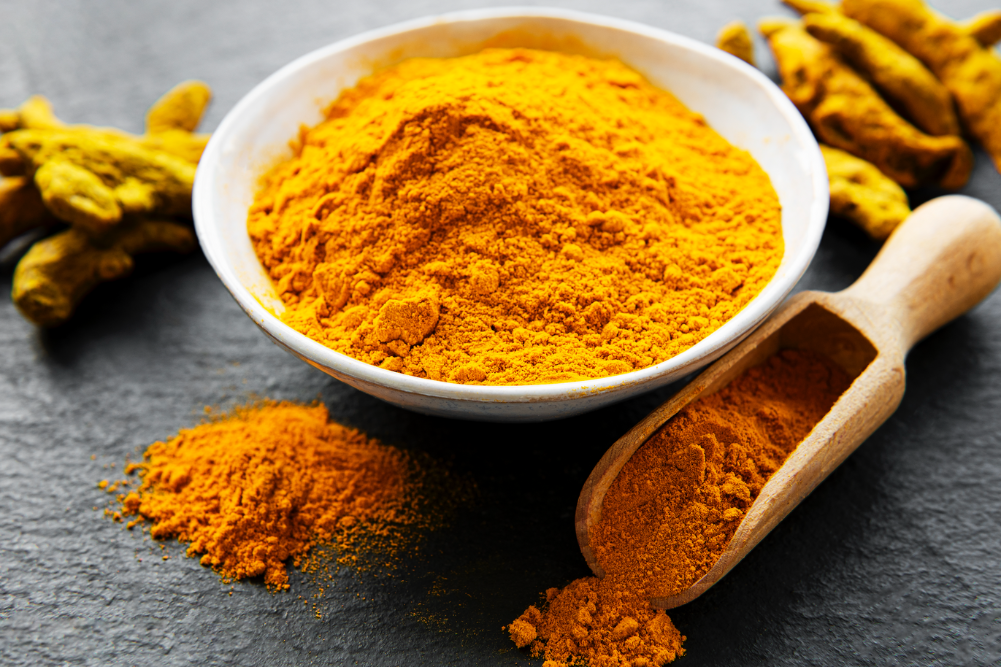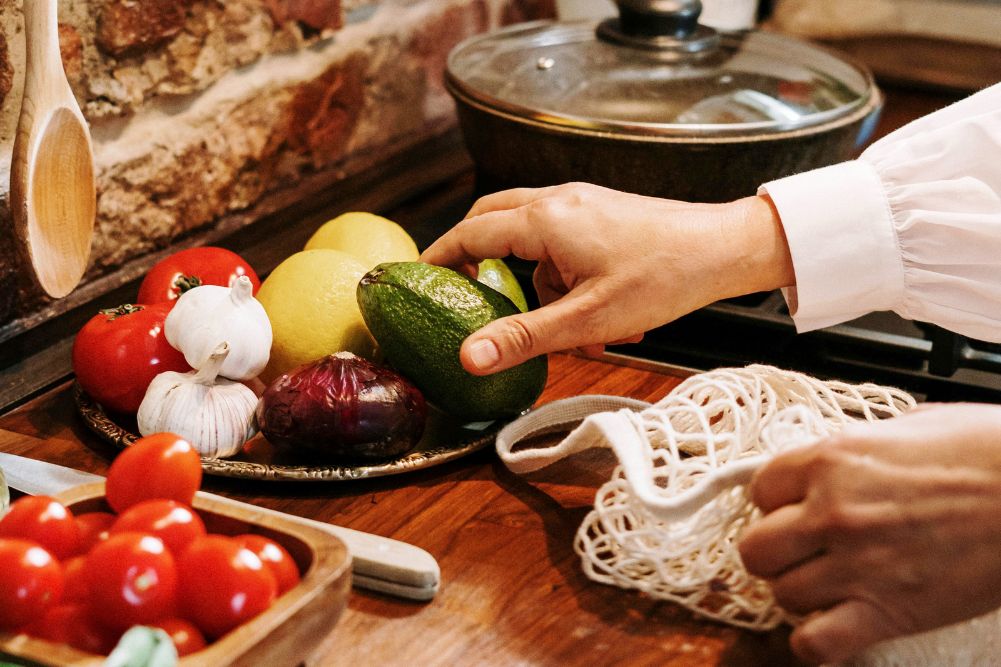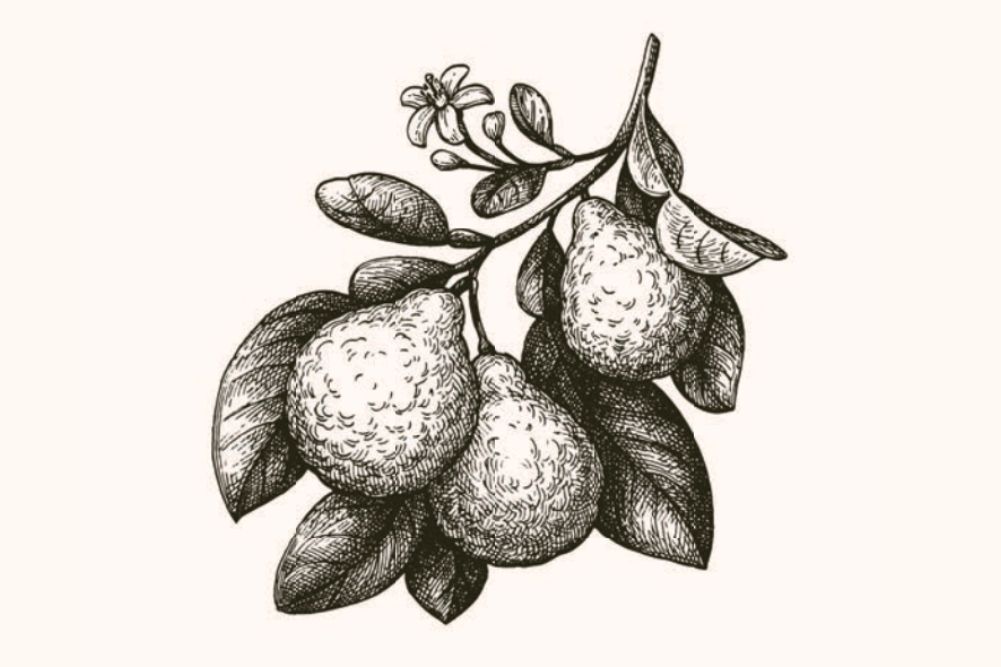The natural therapy of healthy eating
Many people feel tired and bloated after a pasta meal or even a salad sandwich. Or they get the mid-afternoon dip due to too many refined carbohydrates or sugars throughout the day. Yes, they fill you up quickly when you’re starving or on the run, and it’s hard to avoid these foods, as they’re seemingly everywhere. While it’s easy to find a place that will serve you wheat, dairy or animal protein it’s not so easy to find a meal that will make you feel good after you have eaten it as well as give you the energy to finish the day. But if you know what you’re looking for (or trying to avoid) it is possible to fill yourself and give your body the usable fuel it needs to work to your optimum.
Many of us develop very early in life body shapes, dietary habits and specific eating patterns that become deeply ingrained. Family tradition and individual upbringing influence each of us. The early connection between eating and love, emotional bonding and acceptance is common to most cultures. Unfortunately, though, these learnt behaviours can lead to disease.
Wheat and dairy intolerance
If you can’t eat wheat without feeling bloated and tired, or if you have a skin condition such as eczema or psoriasis, or an inflammatory condition like asthma or arthritis, chances are you have a wheat or dairy intolerance. Since the Industrial Revolution, wheat has been our staple grain in the West. It is hybridised to the point where the original wheat grain is hardly recognisable. Our bodies need variety, at every meal and each day, bur we’ve been brought up on toast, breakfast cereals, biscuits, crackers, pasta and pastries — all made from wheat. It’s no wonder our digestive tracts have had a "gutful".
Our current wheat grain is not recognised by our digestive tracts, therefore causing a variety of symptoms including those above and many more. These run from indigestion, reflux and constipation or diarrhoea to hay fever, sinusitis, irritable bowel syndrome, candida, diabetes and hypoglycaemia. Yet there are so many grains available to us; kamut, millet, spelt, quinoa and rye are highly nutritious and often higher in essential minerals, vitamins, complex carbohydrates and protein than are animal products. They are also easily digested, making them preferable food choices.
Healthy organs, happy people
According to traditional Chinese medicine all our organs store different emotions. The liver stores the emotions anger and resentment, while the kidneys control fear and the lungs grief. Keep your organs happy and they’ll take care of your emotions. Keep your mind happy with the right food and thought patterns and it will take care of your organs. It’s sometimes difficult to know which came first, the emotion or the disease. Often a predisposition to liver insufficiency is genetic, but it’s interesting to note that once again the nature/nurture debate is relevant. Meaning that if one has inherited a "hot" liver and is also subjected to the wrong foods and negative emotions, then chances are they will be resentful and have poor digestion, resulting in nausea or acne, for example. Grief is the emotion attached to the lungs, so if you suffer with respiratory problems, chances are there’s some unresolved grief, either within you or in your genetic line. If you have a child wetting the bed, have their kidneys checked, as these hold fear.
So, what to do? First, the emotional factors must be addressed but, just as importantly, the appropriate foods must be consumed. Inflammatory foods must be reduced and replaced with anti-inflammatory foods (listed below). As it turns out, anti-inflammatory foods are also essential for well-functioning cardiovascular, respiratory, lymphatic and digestive systems. Conversely, inflammatory foods are responsible for most of, if not all, our biggest killers in the West today. It’s now essential that we learn to listen to what our bodies are trying to tell us. By eliminating the foods that are making us sick and by introducing those that keep us well, we will be living happier, healthier and longer lives.
Psychological and emotional states also have a great deal to do with how well we utilise our nutrients. When we’re under stress we may not digest and absorb our nutrients as efficiently, while also needing higher amounts of many vitamins and minerals. In tis is a situation additional supplements may be necessary.
Oestrogen
Another factor that can affect how we feel is oestrogen levels. We have receptor sites in our bodies that take hold of either the preferable phyto-oestrogens (listed below) or the nasty xeno-oestrogens. Xeno-estrogens are found in pollution, synthetic hormones, fertilisers, pesticides and growth hormones. If we inhale or ingest more xeno-oestrogens than phyto-oestrogens, we experience symptoms of hormonal imbalance. These are numerous but include early puberty or menopause, mood swings, dysfunction of our menstrual cycles and sexuality, and even cancer.
Sources of oestrogen
Vegetables: alfalfa, beetroot, cabbage, carrots, corn, French beans, garlic, marrow, parsley, peas, potato, pumpkin, red beans, soybeans, soy sprouts, split peas, squash, yams
Fruit: apples, cherries, plums, pomegranates, rhubarb
Cereals: baker’s yeast, barley, oats, rye, wheat, wheatgerm
Seeds, nuts and oils: corn oil, linseeds, olive oil, peanuts, sunflower seeds
Herbs: aniseed, fennel, hops, liquorice, oregano, red clover, sage
Blood sugar
To avoid falling victim to the ever-increasing diabetes, we are urged to reduce foods with a high glycaemic index. The reason for this is due to the way these foods are absorbed by our bodies. Highly refined or processed foods dramatically increase our blood sugar levels, leaving us feeling elated and full of energy, momentarily. The problem is that what goes up, must come down. The result is what we commonly refer to as "crashing", and those who have ever experienced symptoms of hypoglycaemia (low blood sugar) will know it’s not pleasant: feeling faint, irritable, vague and anxious with a strong craving for sugar or caffeine. More desirable, though, are foods whose sugars are slower to absorb. These are complex carbohydrates such as whole grains and vegetables. Coffee should be avoided as a means of increasing energy, as this exhausts the adrenals glands, which can lead to illness such as chronic fatigue.
Asian cuisine
Low in saturated fat and high in protein, calcium and iron, many Asian cuisine ingredients are great additions to anyone’s diet. Using them, however, seems to be where most people are finding problems. Unfortunately, Asian supermarkets and Asian food sections of healthfood stores and supermarkets can be scary areas for many Western shoppers. In them, however, are some highly valued food secrets that have held the key to healthy living for thousands of years. These ingredients are simple to use, cheap and highly nutritious. See recipes to follow for cooking suggestions.
Tastebuds
Flavour refers to the taste of food and herbs. Different tastes have different functions and food and herbs with similar tastes have similar functions or functions in common.
Following are the different tastes and their functions:
- Pungent: Respiratory functions, promotes qi and blood circulation
- Sweet: Spleen functions, good for external syndromes
- Sour: Liver functions, used for perspiration due to deficiency, for example chronic diarrhoea and seminal emissions.
- Bitter: Heart functions, clearing heat, drying dampness.
- Salty: Kidney functions, used for goitre, constipation.
- Bland: promotes diuresis and excretes dampness, used for oedema, dysuria and oliguria.
Different tastes have different places on our tongue. The tastebuds that detect a sweet flavour are situated on the very front tip; those that detect bitterness are at the very back. Our stomach juices are excreted when the bitter tastebuds are stimulated. This stimulation sends a message to a part of our brain called the hypothalamus to start secreting stomach juices. Bitter foods get our digestive tract ready to do its work. Sadly, most of our bitter foods have had their bitterness properties taken out through hybridisation. Remember when eggplant used to have dark little seeds? The eggplant was left salted overnight and was then rinsed thoroughly with water to remove the bitterness. This process is no longer necessary. Most European cultures still value the properties of bitter foods. They regularly include, rocket, endive, radicchio and fennel in their diet. Another way to stimulate these bitter tastebuds is to enjoy an aperitif such as Campari or lemon, lime and bitters. Too many different flavours and food groups can exhaust you: your tastebuds will have a ball, but your gut will punish you.
Recipes
Eating for our heart, liver, lungs and tastebuds…
Miso Soup
- cup miso paste (protein)
- 1 stick of kombu (protein and calcium)
- 4-6 shiitake mushrooms (immune-booster and good source of vitamin B<->12<->)
- 2 sachets dashi (fish flakes, shitake mushrooms and kombu)
- daikon, diced (helps liver to process fats)
- bunch coriander with roots (digestive aid)
- 2 tbsp shallots, finely sliced (balances meal)
- 1 sheet nori, shredded, optional (protein and calcium)
Method
Half fill a soup pot with water and place in it the kombu and shiitake mushrooms. Bring to the boil. When the mushrooms and kombu are soft, remove them from the pot. Take off the stems and discard (or save for making a stock). Slice mushroom caps and kombu finely and put back into the pot along with the dashi and finely chopped coriander root. (Reserve the leaves for garnish.) Add daikon and any other vegetables you’d like. Cook until the vegetables are soft. When the soup is ready, turn off heat and stir miso through (do not boil). Serve topped with finely sliced shallots, coriander leaves and shredded nori.
Tahini Dressing
- cup tahini, hulled (calcium)
- 1-2 cloves garlic, crushed (anti-bacterial)
- cup lemon juice (stimulates the liver and breaks down phlegm)
- 2 tsp sea salt
Method
Whisk together all ingredients and refrigerate until ready to serve. You will find it becomes quite thick once chilled. If you like it thinner, add water or more lemon juice to taste. You can also add one tablespoon of miso paste for a richer flavour.
Craig’s Tofu
This is a delightful and innovative way to use tofu. Craig Donovan is the creative talent behind the popular café at Macro Wholefoods in Sydney.
- 1 small block firm tofu (protein and calcium)
- 2 tbsp red miso (As above and also balances gut flora)
Dressing
- 1 tbsp tahini
- 1 tbsp white miso
- 1 tsp dulse (protein, calcium and alkalises acidic food)
- 1 tsp sesame oil (calcium)
- 1 tbsp mirin
Salad
- 1 pkt mugwort soba noodles
- Zest of orange
- 1 tbsp orange juice
- 1 tbsp umeboshi vinegar (stimulates digestion)
- 1 tsp white pepper
Paw Paw Salsa
- paw paw, not too ripe, finely sliced (beta-carotene, anti-cancer)
- 1 tbsp rice vinegar
- 1 tbsp umeboshi vinegar
- 1 kaffir lime leaf, sliced finely
- Zest of 1 lime
- Juice of 1 lime
- 1 large chilli
- cup coriander leaves (digestive)
Method
Marinate overnight tofu rubbed with red miso. Bake slowly with combined dressing ingredients. Cook noodles in plenty of salted water until al dente, then cool. Stir through remainder of salad ingredients, set aside. Next, combine all the salsa ingredients in a bowl. To assemble, place some of the noodles on a plate then top with the cooled tofu and top with paw paw salsa.
Bliss Balls
- 1 cup puffed millet or rice (unsaturated fatty acids)
- cup desiccated coconut
- cup sesame seeds
- cup sunflower seeds
- cup rice malt
- cup tahini
- 1 cup almond meal (calcium)
- 1 cup chopped nuts (almonds, cashews, brazil, hazelnuts, etc)
- 1 cup chopped dried apricots
Method
Place all the dry ingredients in a blender and mix together. Gradually add the tahini and rice malt. Roll into balls and coat with either sesame seeds or coconut. The above measurements are rough as there are no set quantities for bliss balls. Add more of what you like and less of what you don’t. Adjust sweetness and consistency with tahini and rice malt.
Black Rice Pudding
- 1 cup black glutinous rice, washed 3 or 4 times
- cup palm sugar, grated
- 1 vanilla pod, split and seeds removed with a small knife
- 2 cardamom pods, crushed
- 1 bay leaf
- Pinch sea salt
- Coconut milk
Method
Place rice in a large saucepan and cover generously with water. In the meantime add to the pot all the other ingredients except the coconut milk. Simmer until rice is soft, about 30 minutes. If pudding is too thick, simply add more water. Adjust sweetness with palm sugar if desired.
Serve with coconut milk. In the warmer months it’s nice to blend the coconut milk with a frozen banana. In cooler months this makes a delicious breakfast.
Bancha Tea
Pour boiling water over bancha twigs and one teaspoon of fresh sliced ginger. Strain. This is a lovely tea all year round as the bancha is a spleen tonic so helps to produce red blood cells — great for building up iron levels. The ginger is a wonderful circulatory stimulant in winter. Bancha is also very high in calcium.
Beans
It is always better to soak any pulse overnight to remove gas. Our diet should consist of 80 per cent alkaline foods and 20 per cent acidic, and beans and pulses are acid-forming foods. All animal produce is acidic, as are grains, so it’s difficult to maintain a good ratio. The addition of kombu, a sea vegetable, to the soaking water helps to alkalise the beans thus making them easier to digest. (Sea vegies are alkaline in nature.) While some protein is lost in soaking, the remaining protein is about twice as digestible. Many vitamins are produced, especially vitamins C, B complex and E. Keep the kombu in with the beans when cooking. It can then be discarded or chopped and put back in with the beans. Never add salt until the beans are soft, as salt will prevent then from softening.
Soy Products
Unfermented soy products such as milk and tofu are very difficult to digest so should be eaten in moderation, only 3-4 times a week. If you want soymilk more often, choose a product that includes kombu to keep the calcium up. Fermented soy products, on the other hand, are very easy for our digestive tracts to deal with, so eating them regularly is a good idea as they’re packed with essential nutrients such as protein, calcium and iron along with a good deal of B vitamins. They include tempeh, natto miso and miso paste.
Millet
This grain is lovely for a winter breakfast. As with all grains and legumes, it’s best to soak overnight. Cook with soymilk or water over a low heat and serve with stewed fruit or yoghurt. Add honey or rice malt to sweeten if desired. Available as a grain, puffed or ready-made cereal. Also gluten-free.
Quinoa
Cook as you would brown rice or cook equal quantities of quinoa and rice. Be sure to wash well. Quinoa is gluten-free and very high in iron, calcium, fibre and B vitamins.
Janella Purcell is a qualified naturopath, nutritionist, herbalist, iridologist and chef. She practises at Holdsworth House General Practice, Oxford Street, Darlinghurst. To make an appointment, tel: (02) 9331 7228.







